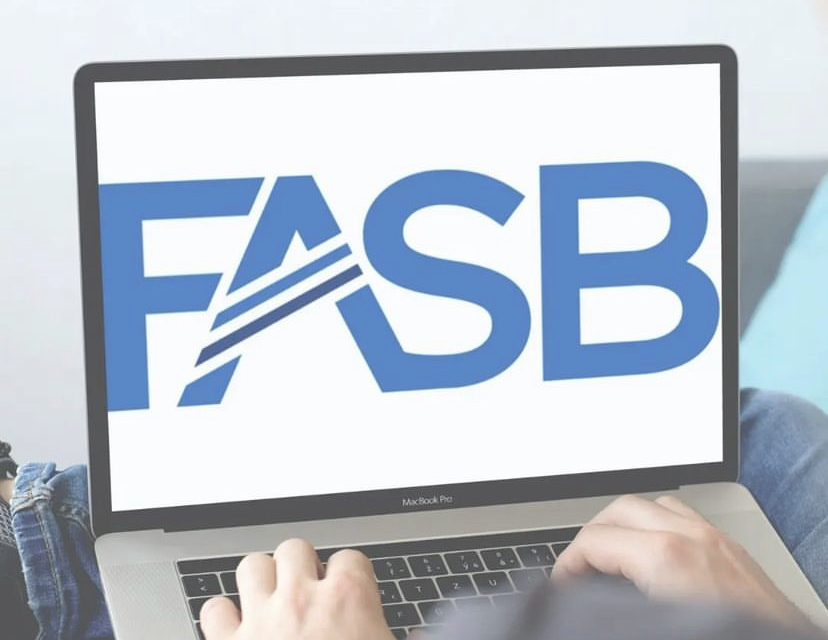The Financial Accounting Standards Board (FASB) issued a new chapter of its Conceptual Framework related to the measurement of items recognized in financial statements on July 12, marking the end of this multiyear project.
The Conceptual Framework is a body of interrelated objectives and fundamentals that provides the FASB with a useful tool as it sets standards. A Statement of Financial Accounting Concepts is nonauthoritative and doesn’t establish or change U.S. GAAP, the standard-setting group said.
The new chapter becomes Chapter 6 of FASB Concepts Statement No. 8, Conceptual Framework Statement for Financial Reporting. The first chapter under Concepts Statement No. 8 was issued by the FASB in 2010. Concepts Statement No. 1, Objectives of Financial Reporting by Business Enterprises, was issued by the board in 1978.

“The publication of Chapter 6 completes the FASB’s Conceptual Framework—an important tool used by the board in our decisions,” FASB Chair Richard Jones said in a statement. “We thank the FASB members, staff, and stakeholders whose input helped us achieve this milestone, one that’s been several decades in the making.”
The new chapter is similar to the rest of the framework in that it establishes concepts that the board would consider in developing standards of financial accounting and reporting. The framework is used by the FASB for developing standards that meet the objective of financial reporting and enhance the understandability of information for existing and potential investors, lenders, donors, and other resource providers of a reporting entity.
The new chapter provides concepts for the board to consider when choosing a measurement system for an asset or a liability recognized in general-purpose financial statements. It describes:
- Two relevant and representationally faithful measurement systems: the entry price system and the exit price system, and
- Considerations when selecting a measurement system.
The new chapter can be accessed here.
Thanks for reading CPA Practice Advisor!
Subscribe Already registered? Log In
Need more information? Read the FAQs




